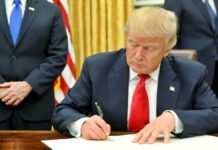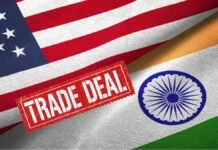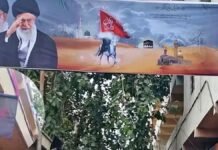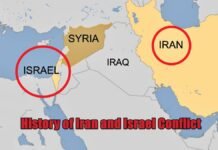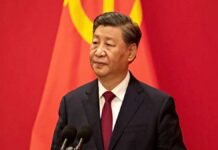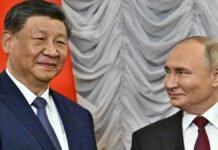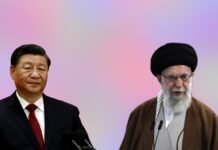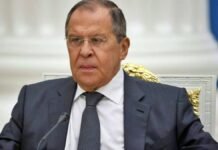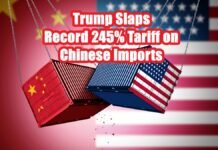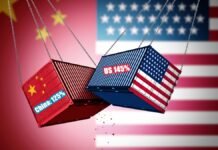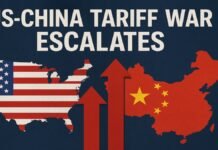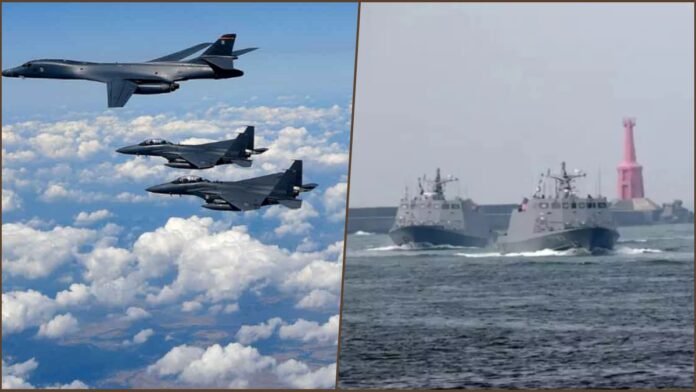
Key Points:
- Increased Military Activity: Taiwan reported 11 Chinese PLA aircraft and 9 naval ships near its borders, with 5 aircraft crossing into Taiwan’s airspace.
- Show of Strength: Taiwan conducted a military demonstration showcasing its readiness with armored units and advanced technology.
- Historical Dispute: The China-Taiwan conflict stems from the Chinese Civil War, with Beijing claiming Taiwan under its “One China” policy.
- Escalating Tensions: China continues to isolate Taiwan diplomatically, while Taiwan insists on maintaining its sovereignty.
Taipei: Taiwan’s Ministry of National Defense has reported a significant uptick in Chinese military activity around its territory. On January 9, 11 People’s Liberation Army (PLA) aircraft and 9 PLA naval ships were detected near Taiwan. Of these, five aircraft breached Taiwan’s airspace, crossing the unofficial median line into the northern and southwestern regions of the island.
This latest incursion follows a similar incident on January 8, when 25 PLA aircraft and 9 naval ships were also spotted in the area. The Taiwanese military has been actively monitoring these developments and responded with appropriate measures to safeguard its territory.
Taiwan’s Show of Strength Amid Aggression
In a bid to counter these provocations, Taiwan recently held an annual media event to showcase its military strength. The demonstration featured armored units, army aviation, and special forces displaying their combat readiness and advanced technological capabilities.
The event highlighted Taiwan’s preparedness to handle potential threats and sent a strong message to China about its commitment to national security. By emphasizing modern military technology and strategic planning, Taiwan sought to reassure its citizens and the international community of its resilience.
The Root of the Dispute
The tension between China and Taiwan is deeply rooted in their conflicting perspectives on sovereignty. Taiwan, officially known as the Republic of China (ROC), operates with its own government, military, and economy, functioning as an independent state.
China, however, considers Taiwan an inseparable part of its territory under its “One China” policy, which asserts that there is only one China with Beijing as its capital. This policy has led to ongoing efforts by China to diplomatically isolate Taiwan from the global stage.
A Historical Conflict
The origins of the China-Taiwan dispute trace back to the Chinese Civil War (1945–1949). After the Communist Party, led by Mao Zedong, seized control of mainland China, the ROC government, headed by Chiang Kai-shek, retreated to Taiwan.
Since then, China has pursued various strategies—diplomatic, economic, and military—to reintegrate Taiwan. Despite these efforts, Taiwan has maintained its self-governance, with a significant majority of its population supporting continued independence.
Growing Tensions in International Politics
The China-Taiwan dispute has become a focal point in international relations, with rising tensions fueling global concerns. China’s aggressive military maneuvers, such as the recent air and naval activity, are seen as attempts to intimidate Taiwan and deter foreign support.
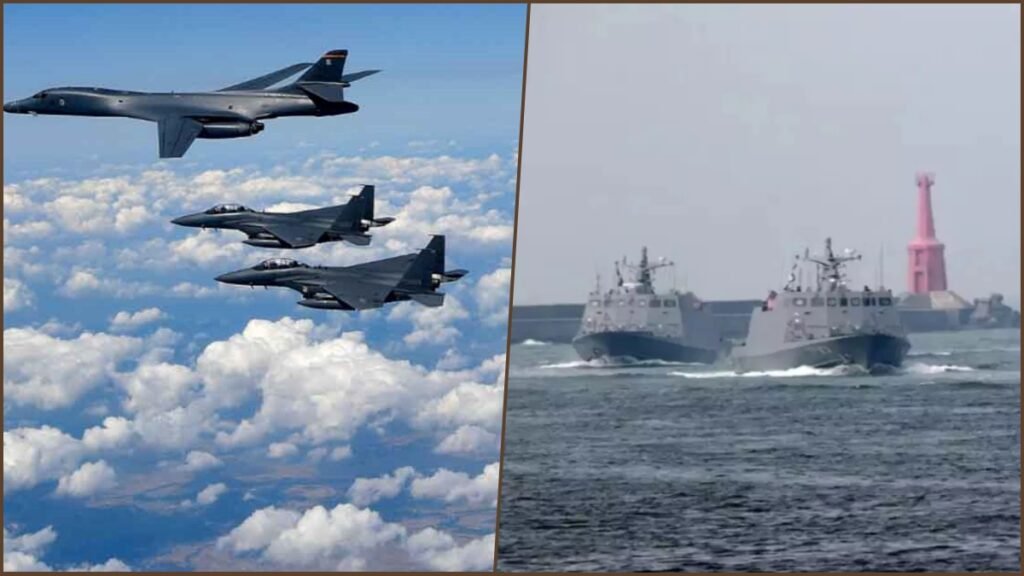
Meanwhile, Taiwan remains steadfast in its pursuit of sovereignty. The Taiwanese government continues to invest in modernizing its military, strengthening alliances with democratic nations, and promoting its identity as a separate entity.
As China intensifies its pressure on Taiwan, the island nation has responded with unwavering determination to defend its independence. The escalating tensions not only affect regional stability but also highlight the need for continued vigilance and international engagement to address this longstanding conflict.






